Discover Alsace
-
Discover Alsace – The German Influence
Alsace is so unique and distinctive as a French region that even those individuals familiar with French culture may believe they’ve mistakenly landed in Germany. This region ebbed and flowed between French and German control for centuries, changing hands five times since 1681. It is estimated as recently as 1918, only two per cent of the population spoke fluent French.
Evidence of this tumultuous history is not confined solely to the hilltop ruins and fortresses you may stroll past; Germany’s influence continues to form a living, breathing (and eating!) part of the Alsatian culture. Keep your eyes, ears and taste buds alert to the following signs.
Dialect
While French remains the official language, listen carefully, and you’re bound to hear the guttural sounds of the Elsässisch (Alsatian) dialect, which is most similar to Swiss German. Even ‘Alsace’ is thought to come from the German word meaning ‘Foreign Domain’. Further evidence of German heritage is found in the bilingual street signs and in the evocative village names such as Eguisheim, Kayserberg and Riquewihr. Even ‘Alsace’ is thought to come from the German word meaning ‘Foreign Domain’.Food and Drink
Alsace deserves its spot on the map as one of the world’s most recognised winemaking regions, but lesser known is that Alsace is also France’s main beer-producing region. Alongside France’s passion for wine, you can raise a stein of frothing beer!
The fusion of food you’ll find today owes much to the region’s chequered history. The German influence is seen in the ubiquity of pork, potatoes and cabbage. Be sure to taste some of the following dishes:
Choucroute is Alsace’s take on the German favourite of Sauerkraut. In Alsace, the shredded, fermented cabbage includes juniper berries and is sometimes served with fish.
Baeckeoffe is an overflowing casserole dish filled with potatoes, onions, three types of meat and Alsatian white wine.
Flammekeuche, sometimes called Alsatian Pizza, was accidentally created by Germanic farmers; before baking their weekly bread, they’d test the oven temperature with a thin crust covered with crème fraîche, onions and lardons.Architecture
You’ve probably seen photos of the colourful houses of Alsace, which evoke childhood memories of fairy tales and the Brothers’ Grimm. Perhaps unsurprisingly, this half-timber construction is most commonly found in Germany.
The layout of many Alsatian villages also testifies to their violent past and their the need for them to serve a defensive function. In Riquewihr and Bergheim, you’ll find fortified walls and city gates. In Eguisheim, rings of narrow streets encircle the town, with the houses themselves forming ramparts that would hinder any attack.![Discover Alsace – The German Influence]()
-
5 Interesting Facts About the Alsace Region
Alsace Traditional Dress
There is a Alsatian costume which was created during the 18th century and if you are lucky enough to be there during a local festival, then you can see these local costumes being worn. They do change from village to village, but if you can picture a woman wearing a black headdress with a long-sleeved, white frilly blouse and a black or green velvet skirt and a man wearing a white shirt with a red gold-buttoned waistcoat and a black hat then you are getting the idea!
Music and Dance
The folk music of this region is very closely associated with German, Swiss and especially Austrian music due to historic influences. It is nick-named "oum-papa" music and is accompanied by traditional folk dances with people dressed in the traditional costumes. (If you have seen the musical "Oliver" you will know what "oum-papa" music sounds like!)
The Alsace Wine Route
The Alsace Wine Route at 170km long was begun in 1953 and winds its way through the Alsatian vineyards from north to south. Part of the Macs Adventure walking tour has you walking along this famous wine route and the towns and villages that it winds through often have medieval ramparts, alleyways where colourful geraniums bloom, half-timbered houses, and ancient churches.
Medieval Castles
This region of France has retained most of its medieval castles with more than five-hundred of them that are located mainly in the foothills of the Vosges Mountains. They are mostly ruins, but their silhouettes perched against the backdrop of the mountains is really spectacular. They dominate the landscape and make you feel like you are back in medieval times. They were originally built by the very influential Rohan Dynasty.
Local Artwork
Two famous potteries are Soufflenheim and Betschdorf, who make colourful utensils for cooking traditional recipes such as terrines. Also famously made here are white wine glasses (not surprising!), linen cloths and napkins and Christmas decorations.
![5 Interesting Facts About the Alsace Region]()















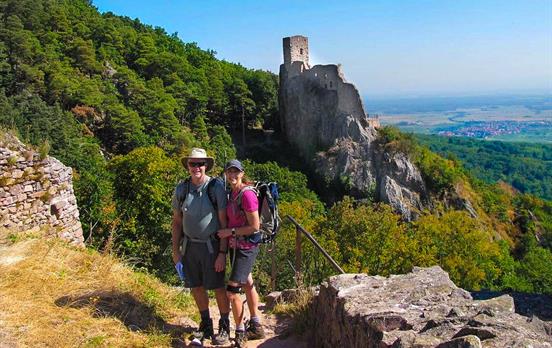

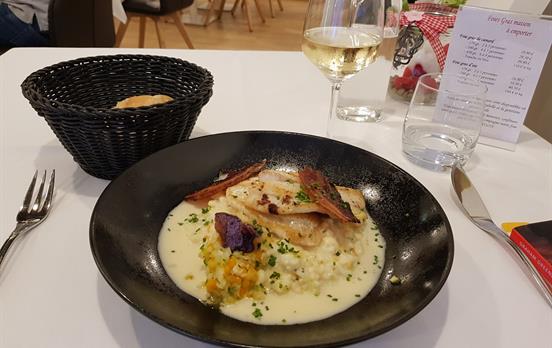

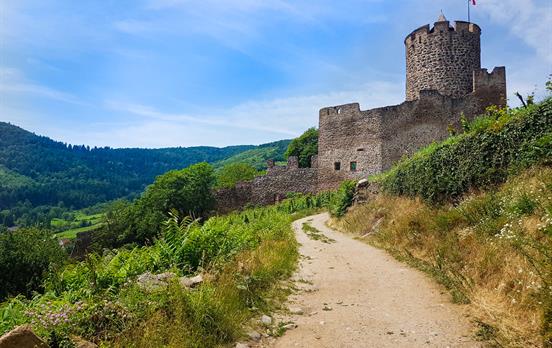

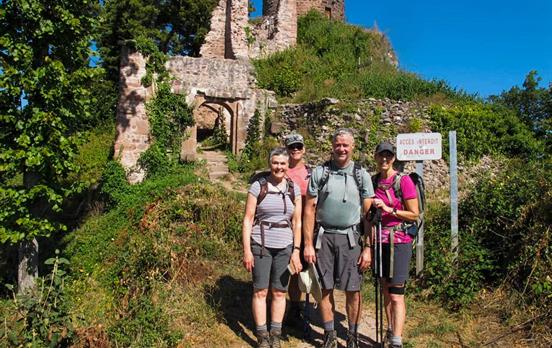




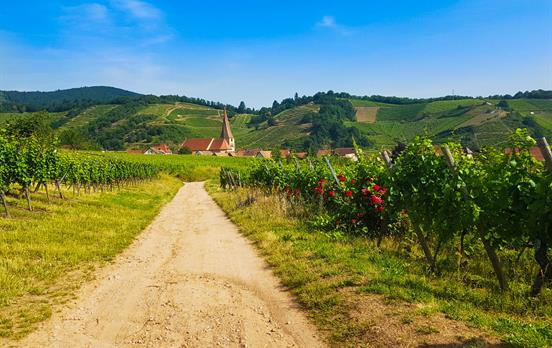
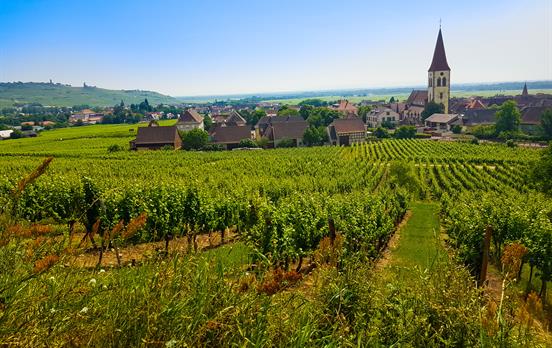




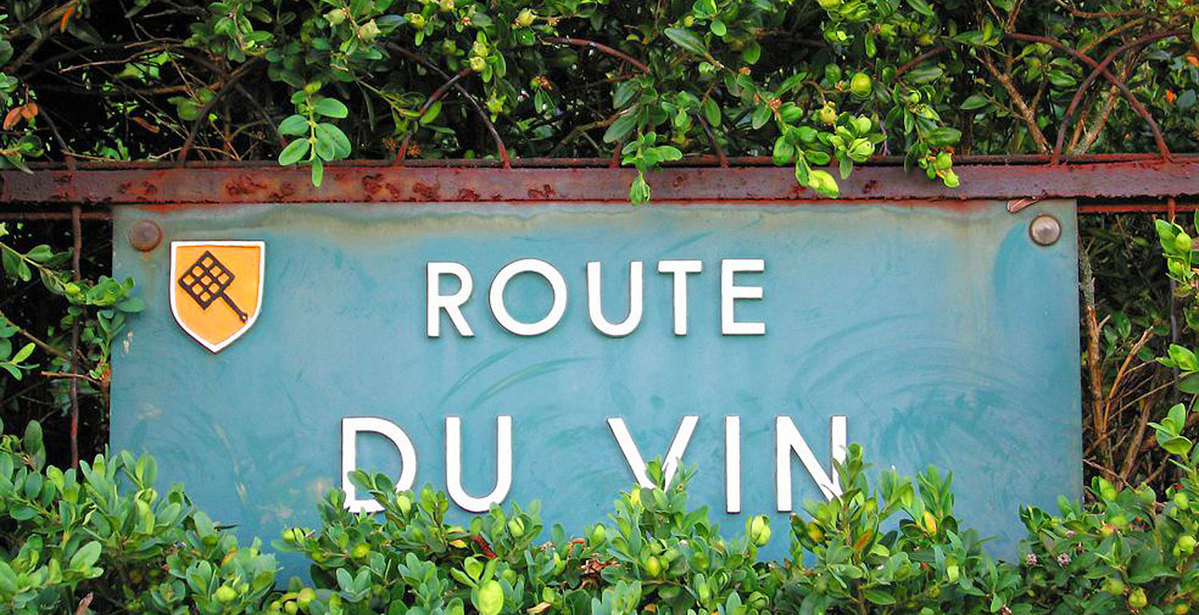
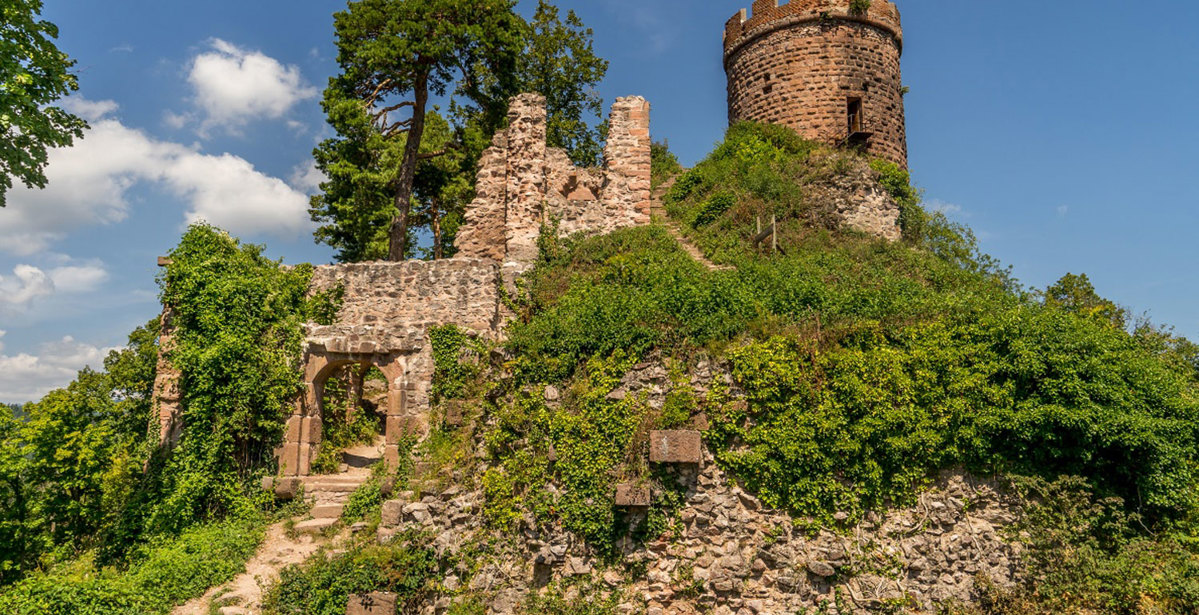

 Canada
Canada